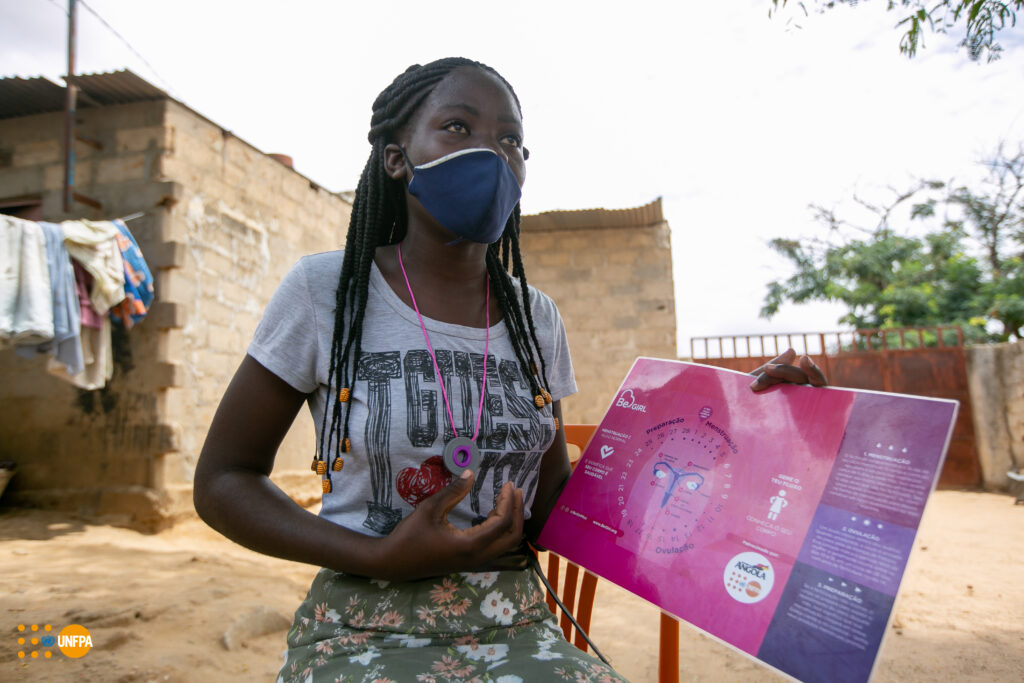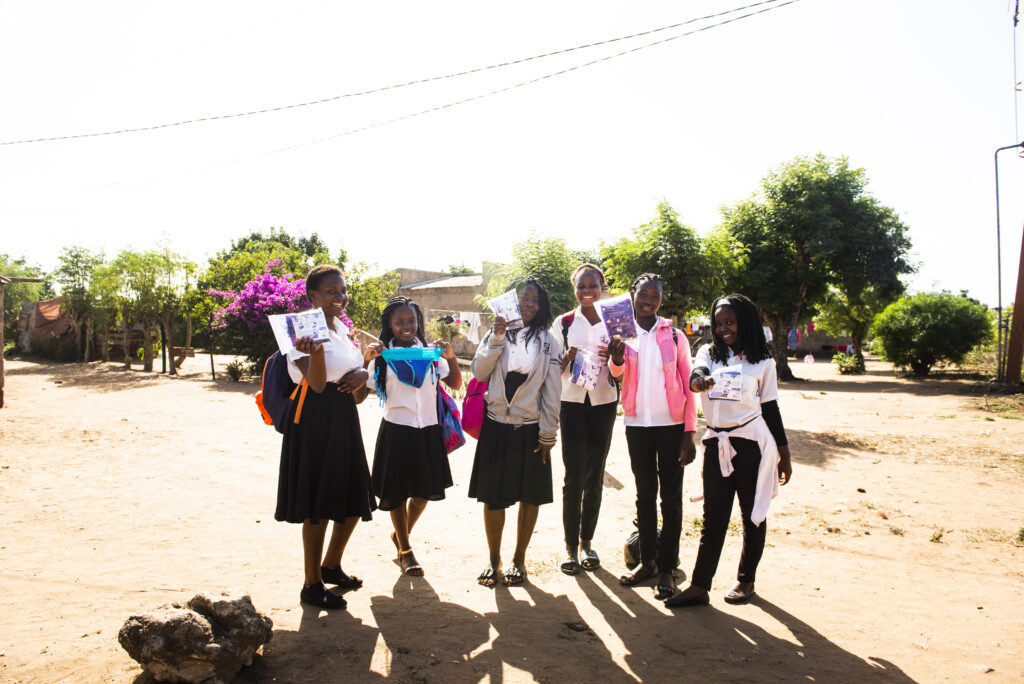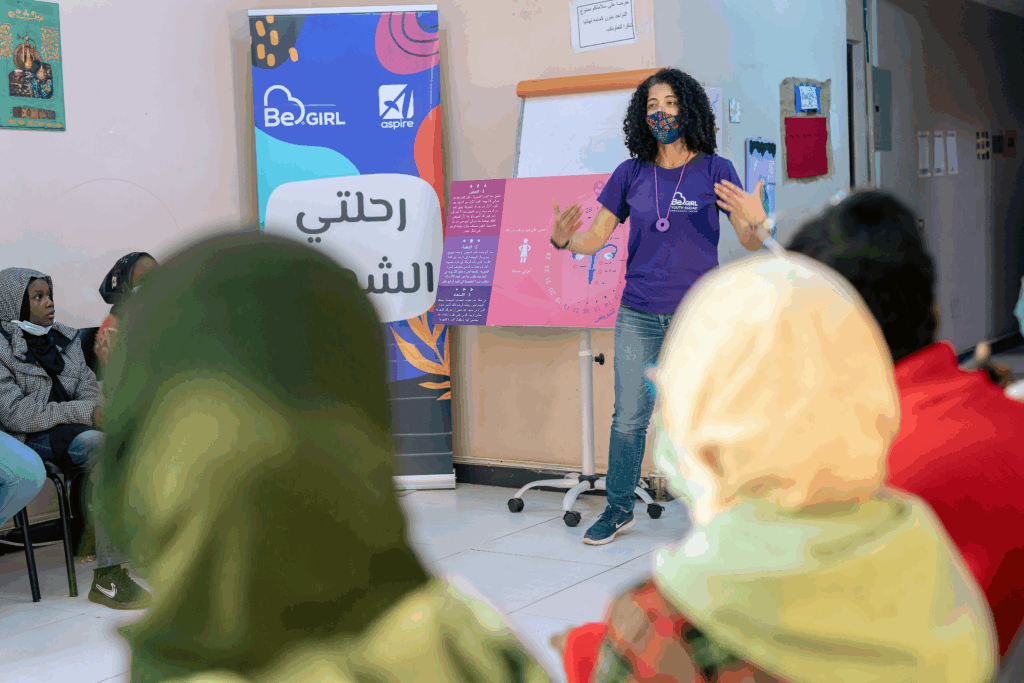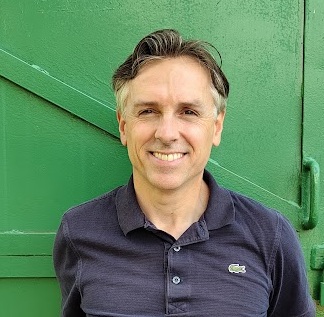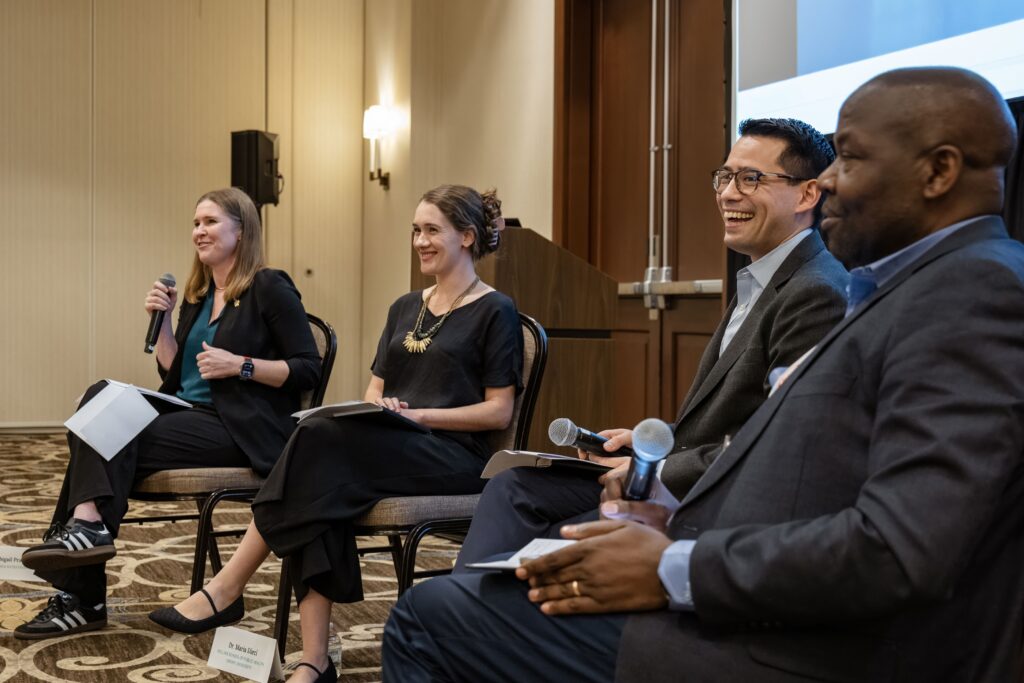During the 2025 Global Conference on Climate and Health – hosted by the Government of Brazil, the World Health Organization, and the Pan American Health Organization in Brasília, Brazil – global leaders convened to accelerate action at the intersection of climate change and public health. A central outcome of the conference was to gather inputs for the Belém Health Action Plan, a forward-looking framework designed to build climate-resilient health systems, particularly in countries most vulnerable to climate shocks. The plan outlines urgent priorities while calling for new investments to make health systems more adaptive, equitable, and sustainable.
In support of this agenda, a high-level panel titled “Financing the Belém Health Action Plan: Achieving Climate-Health Resilience through Blended Capital Solutions” featured various experts, including Tamer Rabie (World Bank), Seonmi Choi (The Global Fund), and Dr. Adi Utarini (Universitas Gadjah Mada). Facilitated by Alex Honjiyo, Director of The Health Finance Coalition, the panel explored how blended finance, an approach that combines public, private, and philanthropic capital, can unlock the resources needed to bring the plan to life.

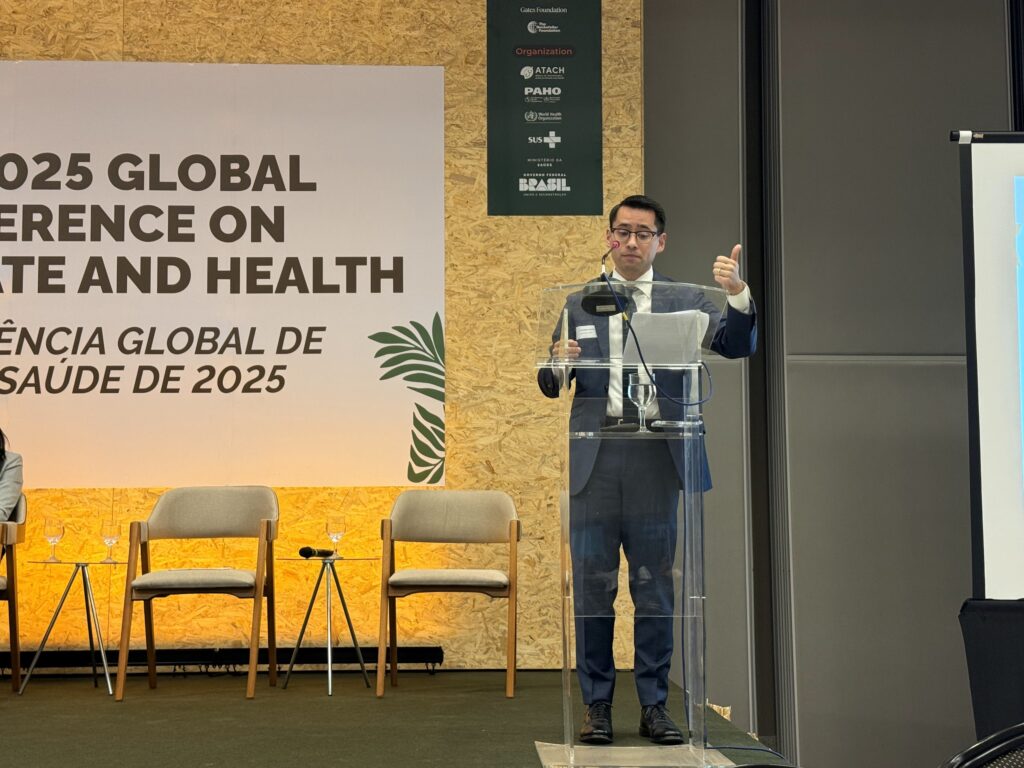
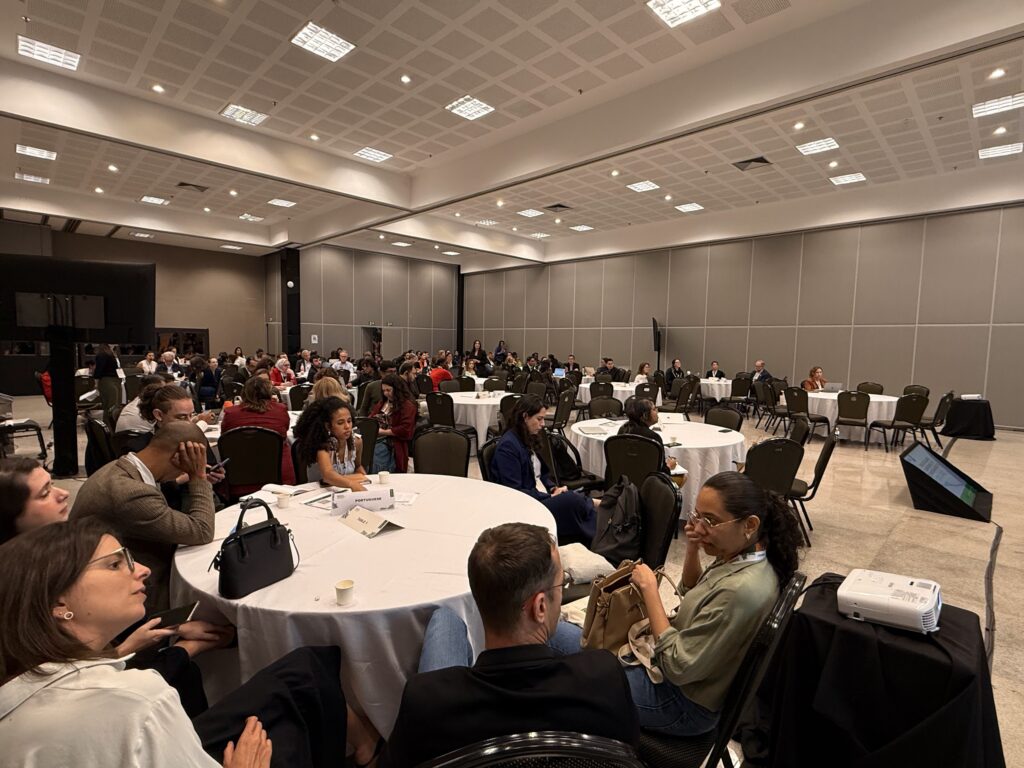
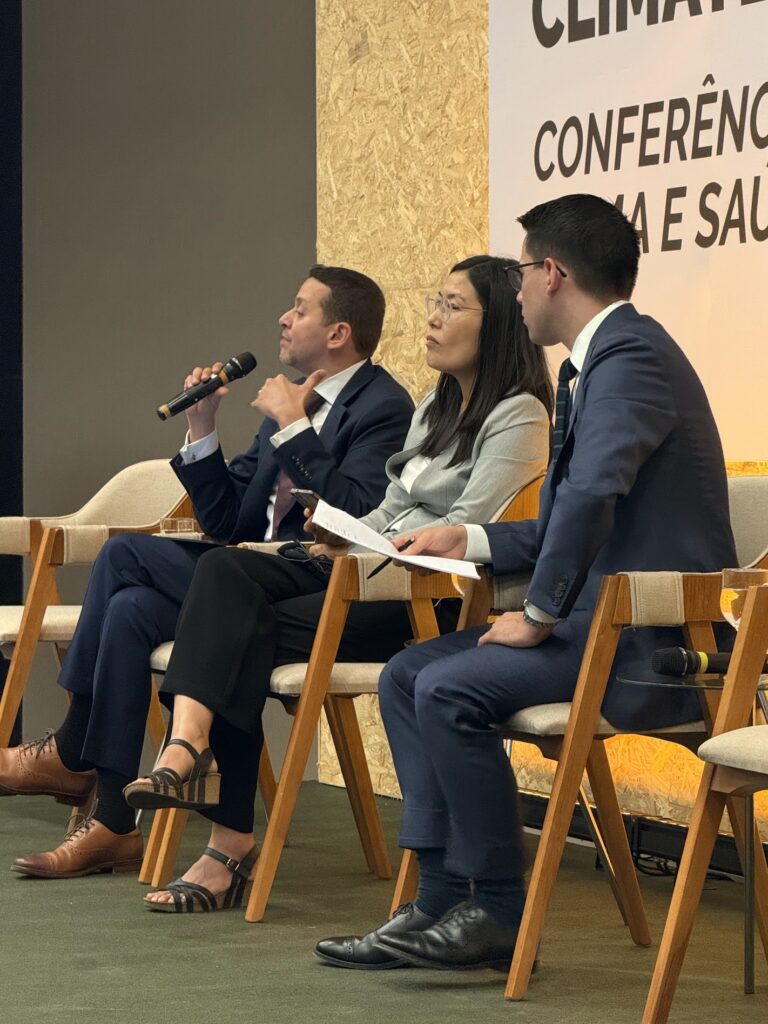
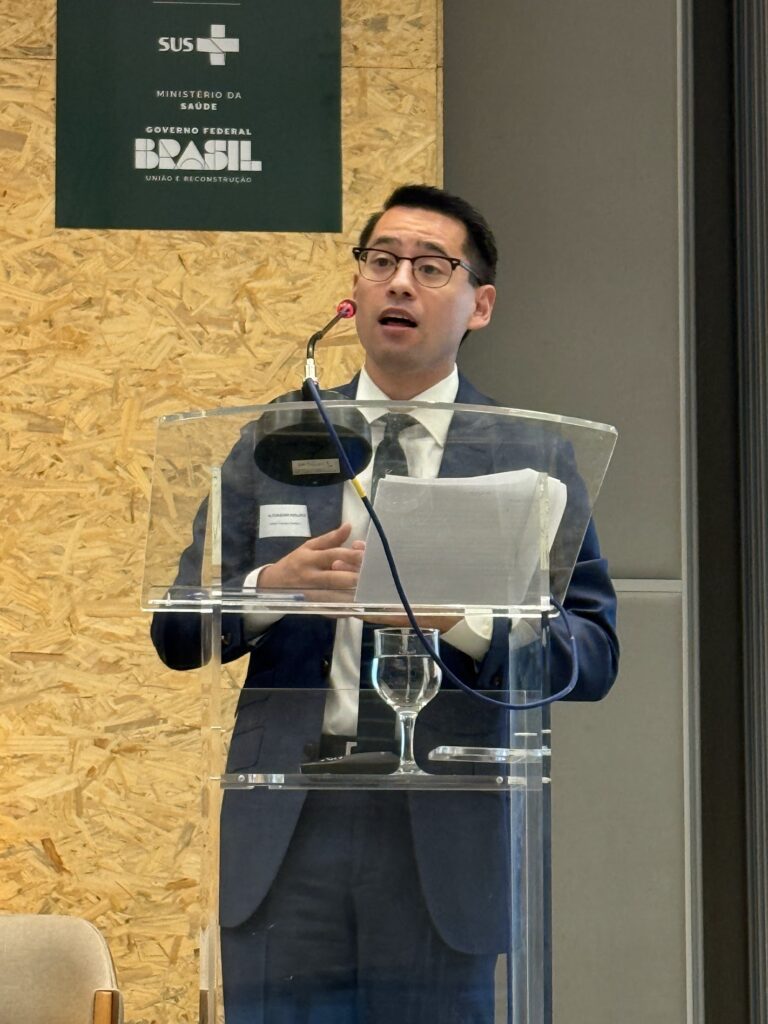
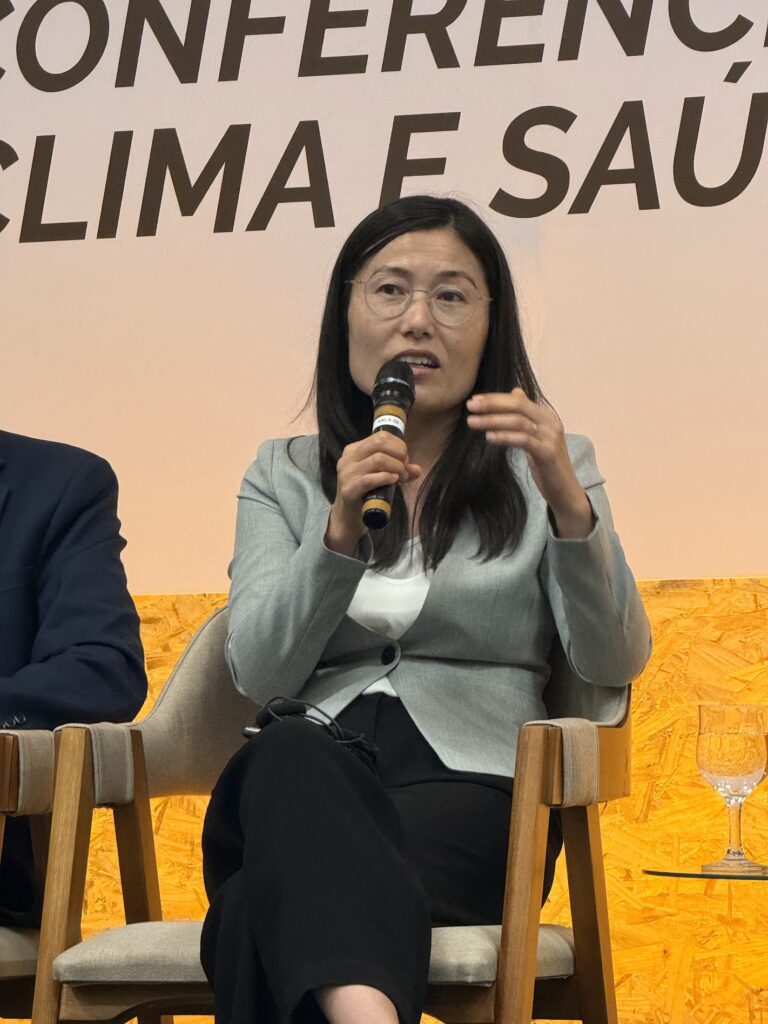
Here is what we heard:
The Stakes Are Rising
As climate threats mount and global budgets tighten, traditional aid alone cannot meet the moment. This is why the Belém Health Action Plan calls for continuous, country-led financing, and why blended finance has emerged as a powerful tool to close the gap.
“Around the world, we are witnessing the real impacts of climate change on public health and facing the sobering reality that traditional aid is shrinking just when we need these resources to grow,” said Alex Honjiyo, Director of the Health Finance Coalition.
Blended Finance Works Best When Aligned to Risk and Stage
Not all money does the same job, which is why catalytic grants are crucial for early-stage R&D, piloting innovations, and de-risking investments.
“We are really seeing at the Global Fund the importance of how we can best leverage catalytic grant financing to really help mobilize and unlock much larger scales of funding… to meet the ever-increasing health finance gap,” said Seonmi Choi, Global Fund Senior Advisor for Climate and Environment.
Break Down Silos Between Climate and Health Funds
Climate and health funding streams are often fragmented, yet a common investment framework can unlock cross-sector solutions and joint investments that neither side could deliver alone.
“We need to be cognizant that this is not just the health funds, but also the climate funds… and that we need to be able to work across them… ensuring they cater for more increased sources of financing,” said Tamer Rabie, World Bank Global Program Lead for Climate and Health, Health, Nutrition & Population. “Together with the Global Fund, the Green Climate Fund, the Rockefeller Foundation, the World Bank and IFC, we’ve been working on trying to set up a common investment framework… to operate across institutional cycles and create concrete co-financing opportunities.”
Government Leadership Makes or Breaks Co-Financing
Ministries of Health and Finance must co-lead from the outset to align investments with national plans and ensure long-term success. Without domestic buy-in, co-financing strategies often stall.
“Access to finance is an ongoing discourse that must happen between line ministries and ministries of finance. Ministries of Health need to make the case for why they need the resources, and how these resources are going to bring about the impacts that they see coming through reforms”, said Tamer Rabie, World Bank Global Program Lead for Climate and Health, Health, Nutrition & Population.
Philanthropy Unlocks Larger Investment
Grants work best when they close early-stage gaps such as product development or regulatory approvals, while also catalyzing larger contributions from governments, multilaterals, and the private sector.
“What we’re hoping with the climate-health catalytic fund is not to create a parallel mechanism or standalone funding mechanism, but actually really enable and trigger deep change,” said Seonmi Choi, Global Fund Senior Advisor for Climate and Environment
Local Context Must Drive Solutions
From slow-onset droughts to sudden disasters, climate-health impacts vary dramatically by place. Effective investment begins with listening to communities, frontline health workers, and national programs.
“We really need to unpack and demystify climate and health solutions in specific local contexts,” said Seonmi Choi, Global Fund Senior Advisor for Climate and Environment. “Nobody really made a real clear link between HIV and climate change… [but] Cyclone Freddy… has had long-lasting, devastating impacts on the whole cascade of HIV services… especially for young women and adolescent girls.”
Don’t Forget the Private Sector
Private capital can accelerate innovation, but it also requires de-risking tools like guarantees and concessional first-loss funding.
“It’s really important that we do not lose sight of the role of the private sector … and we ensure that we’re de-risking private investments in climate and health … we can bring in, for example, guarantees to reduce risks on private investments and push them more towards innovation,” said Tamer Rabie, World Bank Global Program Lead for Climate and Health, Health, Nutrition & Population.
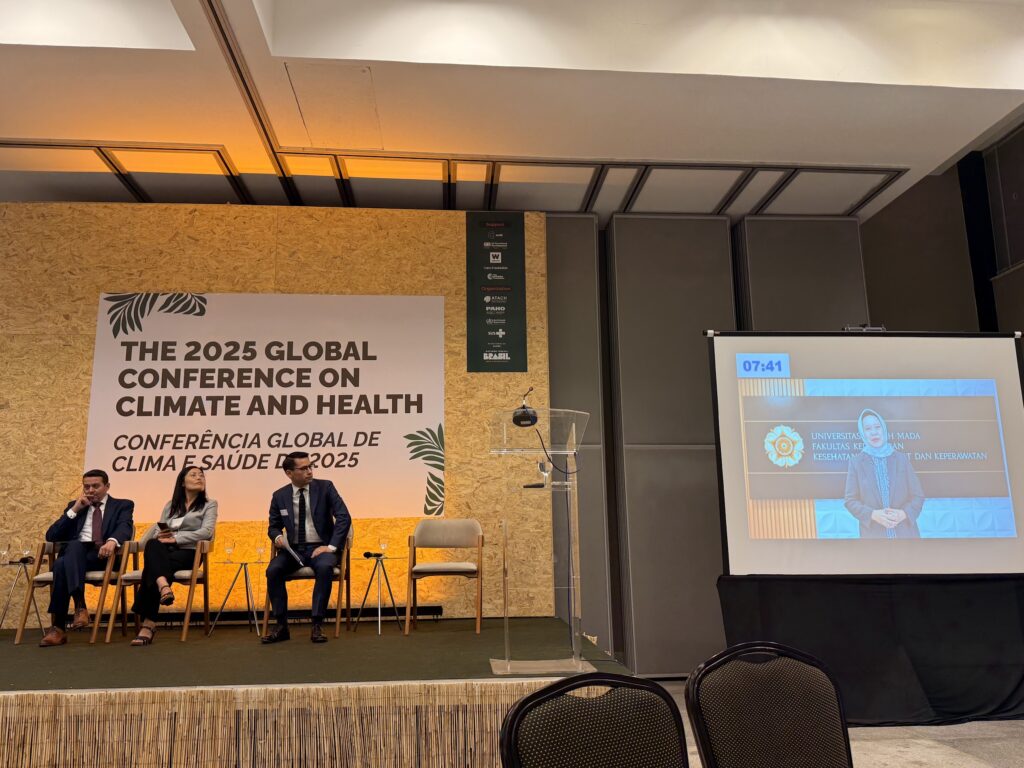
Case Study: Indonesia’s Bold Path: How Local Leadership and Long-Term Investment Are Powering a Climate-Resilient Health Breakthrough
Dr. Adi Utarini, Professor of Public Health, Faculty of Medicine, Universitas Gadjah Mada, in opening remarks ahead of the panel discussion, showcased Indonesia’s Wolbachia success as an example of a community-based model aligning capital to tackle climate-driven health threats.
Dr. Utarani shared how researchers, over the past decade, have tested and refined the Wolbachia method to stop the spread of dengue fever, transforming a Yogyakarta-based study into one of the world’s most promising tools against climate-sensitive diseases. While Utarini said the journey has not been without challenges, she credits the risk-tolerant, venture philanthropy approach of partners like the Tahija Foundation for providing Indonesia the space to innovate, fail forward and try again.
Now, with plans to scale Wolbachia nationally to protect over 100 million people, Utarani stressed that grant funding remains essential, not just to enable innovation, but to crowd in broader investment from governments, development banks, and private partners.
“To build climate-resilience, we must align capital to risk across the full cycle of innovation – from discovery, to delivery, to scale,” said Dr. Adi Utarini, Professor of Public Health, Faculty of Medicine, Universitas Gadjah Mada. “This is what we are working toward in Indonesia: a country-led, community-based financing model that can be adapted and applied across region and diseases impacted by climate change.”
###
